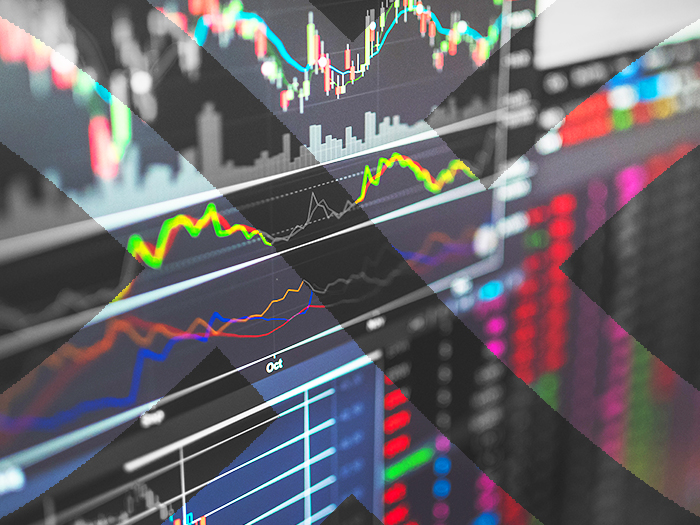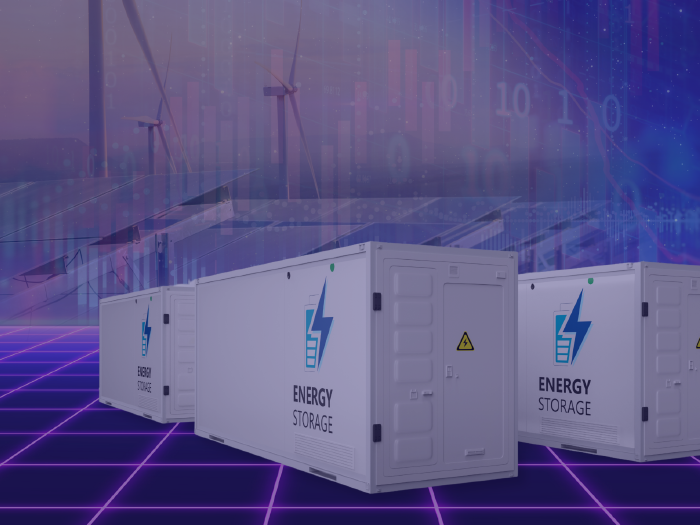News
better business decisions
Posted 4 years ago | 5 minute read

September’s wholesale energy price rises explained in five charts
Over recent weeks, gas and electricity prices have surged to record highs leading to the collapse of multiple energy suppliers and fears of factory shutdowns and soaring bills. Here are five charts that explain the energy price rises.
Tight supplies
The chain of events begins with the pandemic and the fall in demand and lower prices that came with it. As gas supply fell and demand started recovering, wholesale prices have begun to rise. This surge in demand continued past pre-pandemic prices, reaching recent highs in the last few weeks. Going from record-lows to record-highs has led the prices of forward contracts to almost double over the past year.
Over the last month, gas prices have reached three-year highs driven by concerns over low gas storage levels and prolonged maintenance works across the GB-Norway interconnector. Day-ahead gas contracts have risen sharply, going from £0.12p/th to over £0.90p/th in 15 months as flows from Russia and Norway have been limited and cargoes of liquefied natural gas (LNG) redirected to Asia, leaving the UK and the rest of Europe struggling to refill depleted gas storage ahead of winter.
The gas price on the UK trading hub gas for delivery in winter reached 218.4p/th on 28 September after the supplies of Russian gas via the Yamal-Europe pipeline dropped to 15,021MWh from 35,131MWh the previous day.
UK gas contract trends

Source: EnAppSys
The UK typically generates about a quarter of its power needs from these wind farms. But in September, the power output from wind dropped to around 10%. Outages at nuclear power plants also removed about 3,000MW of available generation.
Meanwhile, exports from Ireland to the UK across the Moyle and the East-West interconnectors have been halted by Irish grid operator because of its own supply concerns, and a fire at the 2GW IFA1 interconnector, which is expected to be offline until 13 October. All of this is putting further pressure on the levels of supply.
Generation mix: September 2021

Source: EnAppSys
Coal Burn
Higher gas prices and the need to meet electricity demand have pushed utilities to switch to coal-fired plants, increasing the cost of coal to record levels.
A unit of EDF’s West Burton A coal station and two coal units at Drax Plc’s station have been turned on to help bridge the shortfalls. This has resulted in an increase in the carbon intensity of the grid. It has been reported that Drax has offered to extend the use of its coal-fired turbines, scheduled to close next year.
The higher carbon emissions from coal compared to gas need to be offset by businesses buying more carbon permits traded on the market.
Generation summary: coal

Source: EnAppSys
Carbon prices
In the UK Emissions Trading System, UK carbon allowance (UKA) future contracts for December 2021 delivery hit an all-time high of near £70 per tonne late September – compared with £45.25/mt when the contract started to be traded on 19 May.
Higher demand for carbon permits pushed up prices, making coal more expensive to burn. This, in turn, increases the cost of power on the market and for the end consumers.
Carbon contracts

Source: EnAppSys
Power prices
S&P Global Platts assessed UK day-ahead baseload prices at £540.15/MWh for delivery 14 September – up from £171.15/MWh on 10 September. Although the market has since stabilised, the significant jumps caused large I&C businesses to warn that operations may have to be ceased due to the high costs.
Stephen Phipson, CEO of Make UK, the manufacturers’ organisation said: “Energy price rises are already having a distinct impact on energy-intensive industries such as steel, chemicals and automotive. And we are starting to identify problems in many manufacturing processing areas including food and drink, around the shortages of CO2 as a consequence of suspended production due to these high energy costs […] When combined with inflation burdens, increased cost of raw material and wage pressures taken together with the challenges around HGV driver shortages, this creates a perfect storm which will impact on the much needed post-Covid recovery.”
Day-ahead prices

Source: EnAppSys
Senior Trader at GridBeyond Seamus King said:
“Even in the winter, power this expensive is almost unheard of in Britain. The fact that prices skyrocketed during a relatively mild September is a worrying sign going into the colder months.”
“It is possible that prices could even out by October when Russia resumes normal natural gas deliveries to Europe and the Nord Stream II pipeline starts operating. However, the fear of a natural gas shortage may keep electricity prices at higher-than-average levels all winter.”
GridBeyond’s Managing Director UK & Ireland said:
“Acute situations like the one seen now will likely become more frequent and more intense in the coming months and years as the deadline to close all coal plants by 2024 edges closer. UK coal plant capacity has already fallen from 23GW in 2011 to 5GW today. In addition, by 2024 five of the UKs eight nuclear plants are expected to close.
“Decisions around energy policy are often supply-side focused, with limited integration of the demand. The current situation highlights the dangers of this. Even after this period passes, these same problems could very easily return at some point.
“Although events such as these are very difficult to predict and forecast, GridBeyond offers a robotic trading capability to deal with the situations of price volatility in real-time, to both reduce exposure and increase revenues with Artificial Intelligence.”








